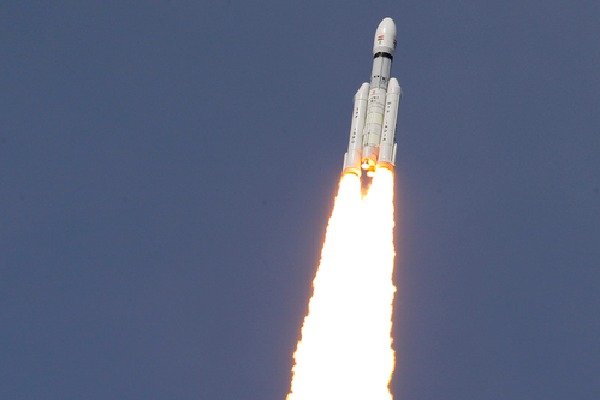India’s successful launch of its first Solar mission, Aditya-L1, has garnered support from the European Space Agency (ESA), which will play a crucial role in assisting the Indian Space Research Organisation (ISRO). ESA’s contribution includes deep space communication services and assistance in validating critical new flight dynamics software for the mission.
ESA highlights the significance of ground station support in acquiring scientific data from a spacecraft, as communication plays a vital role in every space mission. Ramesh Chellathurai, ESA Service Manager and ESA Cross-Support Liaison Officer for ISRO, explained that their global network of deep space tracking stations and adherence to internationally recognized technical standards enable them to assist partners in tracking, commanding, and receiving data from spacecraft across the solar system.
Chellathurai stated, “For the Aditya-L1 mission, we are providing support from all three of our 35-metre deep space antennas in Australia, Spain, and Argentina, as well as support from our Kourou station in French Guiana and coordinated support from Goonhilly Earth Station in the UK.”
The European Space Agency serves as the primary provider of ground station services for the Aditya-L1 mission, offering support throughout its various phases, from the critical ‘Launch and Early Orbit Phase’ to the spacecraft’s journey to L1 (a point near the Sun). ESA stations will continue to provide assistance during the routine operations of Aditya-L1 over the next two years.
ISRO’s Aditya-L1 mission, launched on August 23, marks India’s ambitious endeavor in solar exploration. Following the successful completion of the first orbit maneuvering exercise, ISRO is preparing for the second such exercise on September 5. A total of five orbit maneuvering exercises are planned during the satellite’s orbit around the Earth.
During the satellite’s 16-day stay in Earth orbit, these exercises will be conducted to gain the required velocity. Afterward, Aditya-L1 will commence its journey to the L1 point near the Sun. The satellite will undergo a trans-Lagrangian1 insertion maneuver, embarking on a 110-day trajectory to its destination.
To ensure stability, Aditya-L1 will undergo another maneuver to be injected into the halo orbit near L1, where the gravitational forces exerted by the Earth and the Sun balance each other out. This crucial support from ESA enhances the prospects of a successful mission for ISRO and deepens international cooperation in space exploration.












